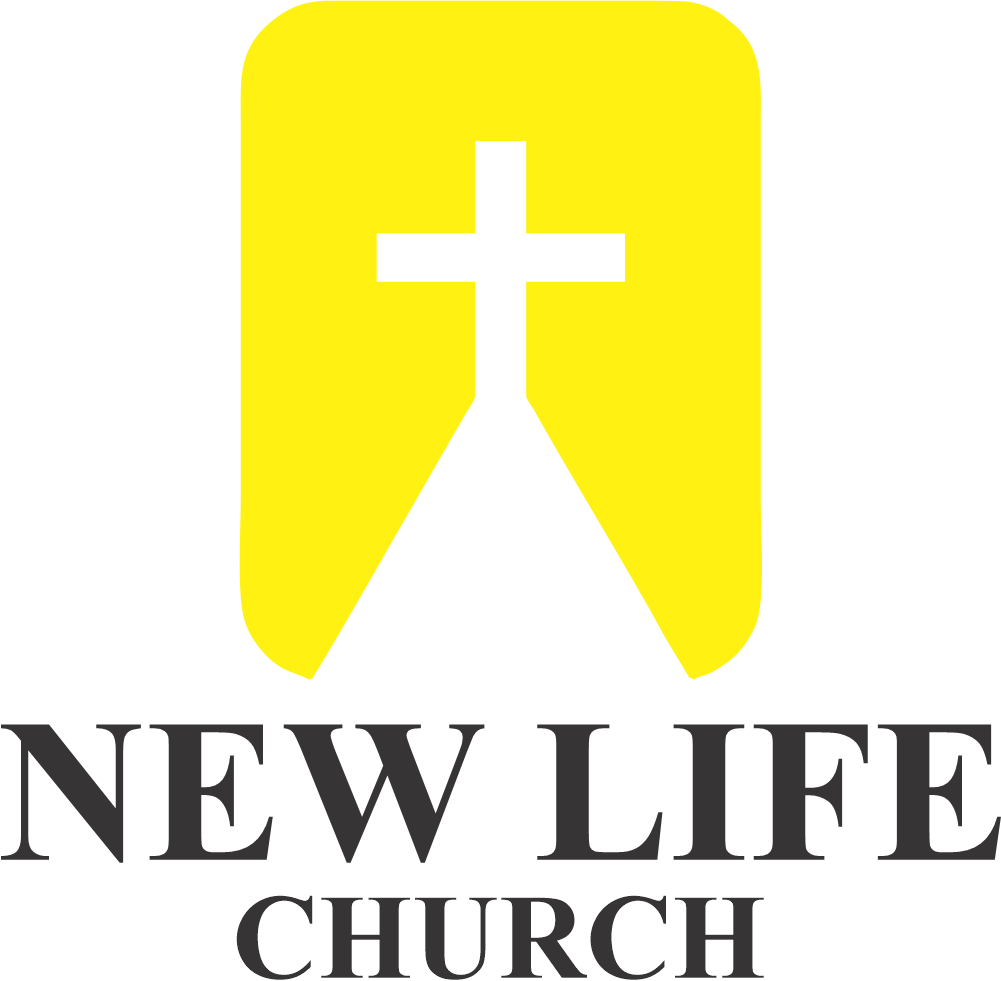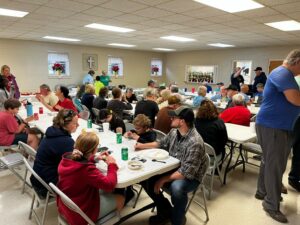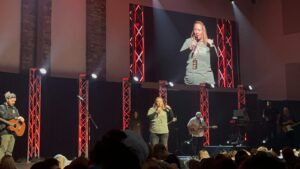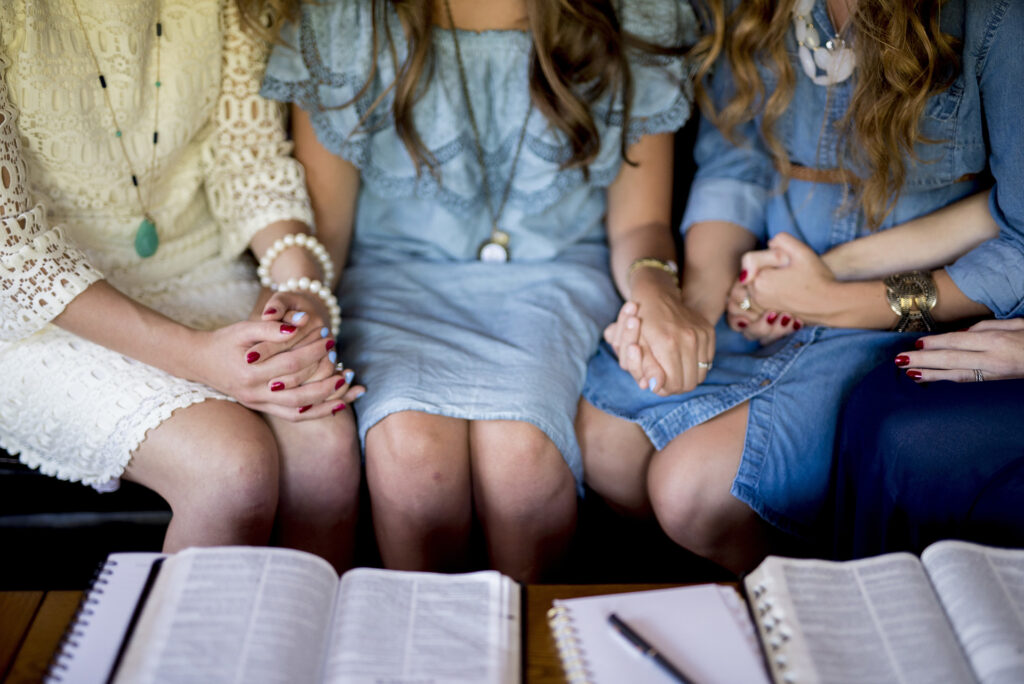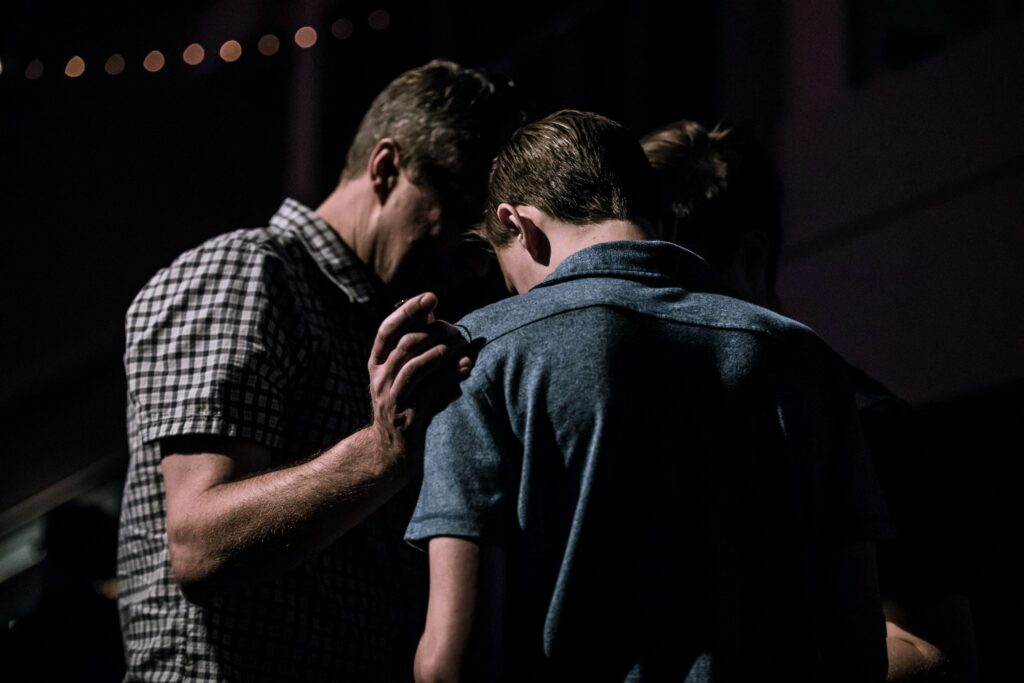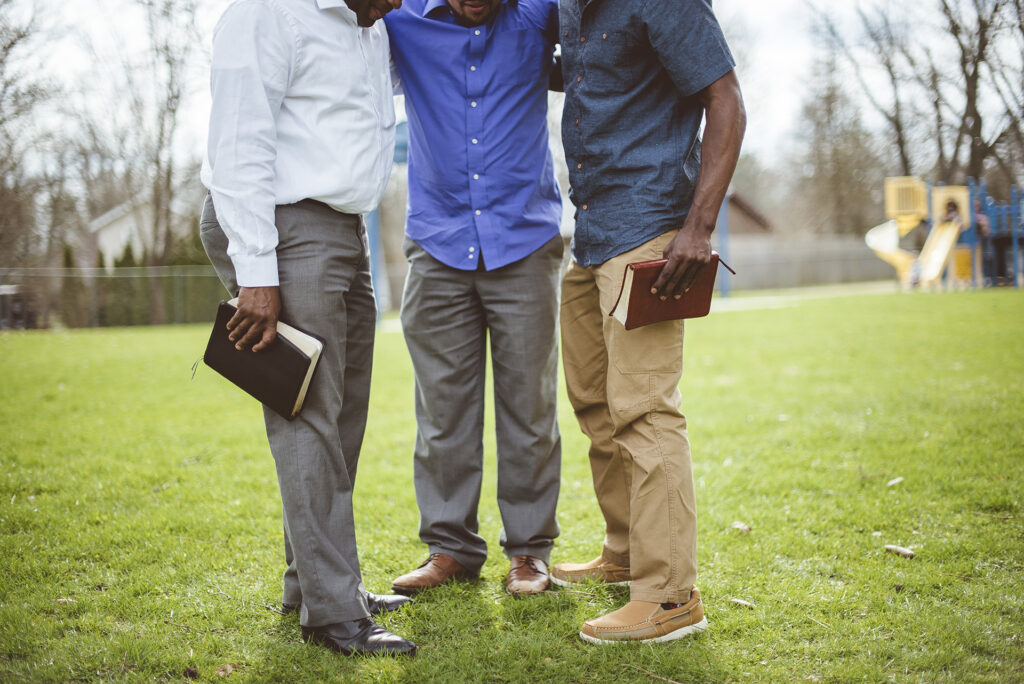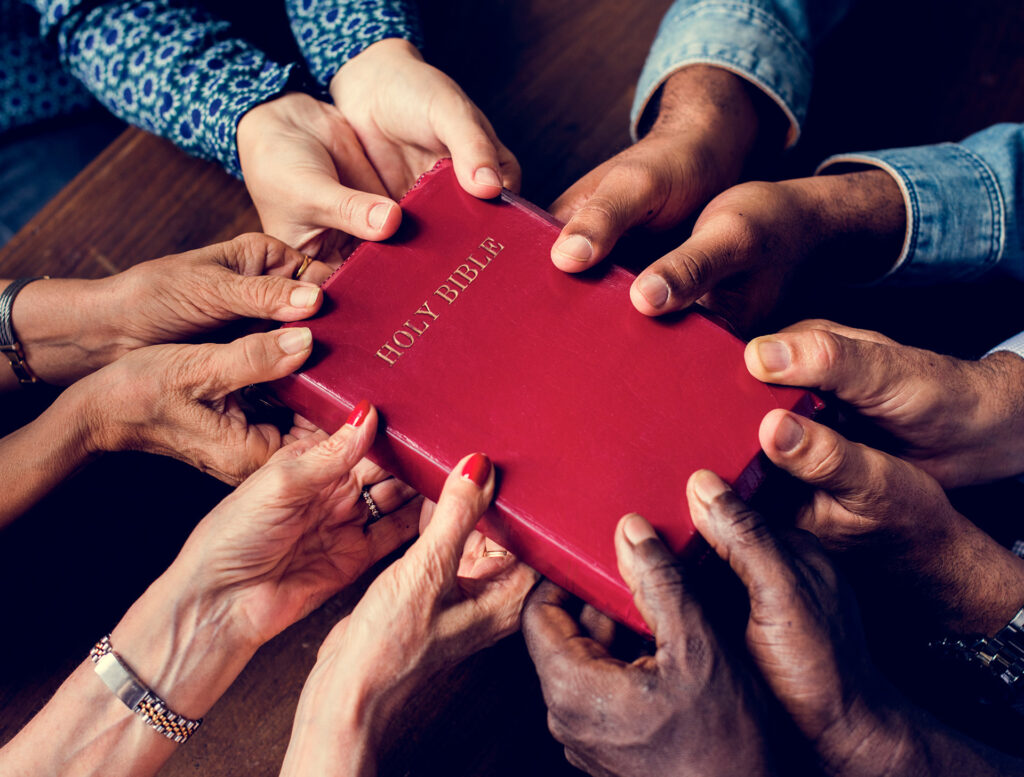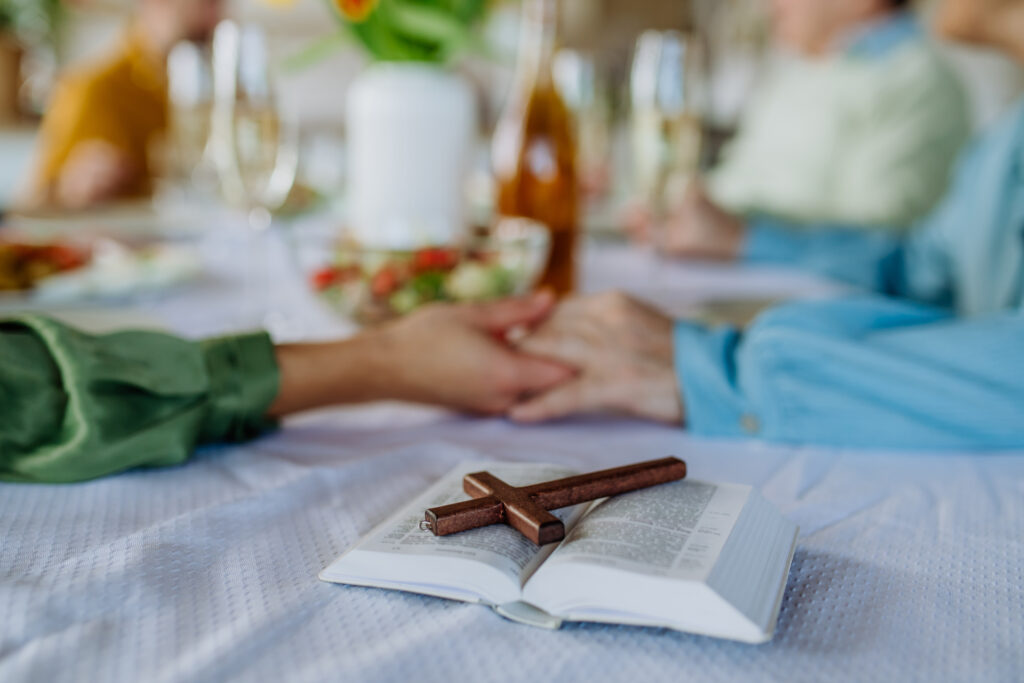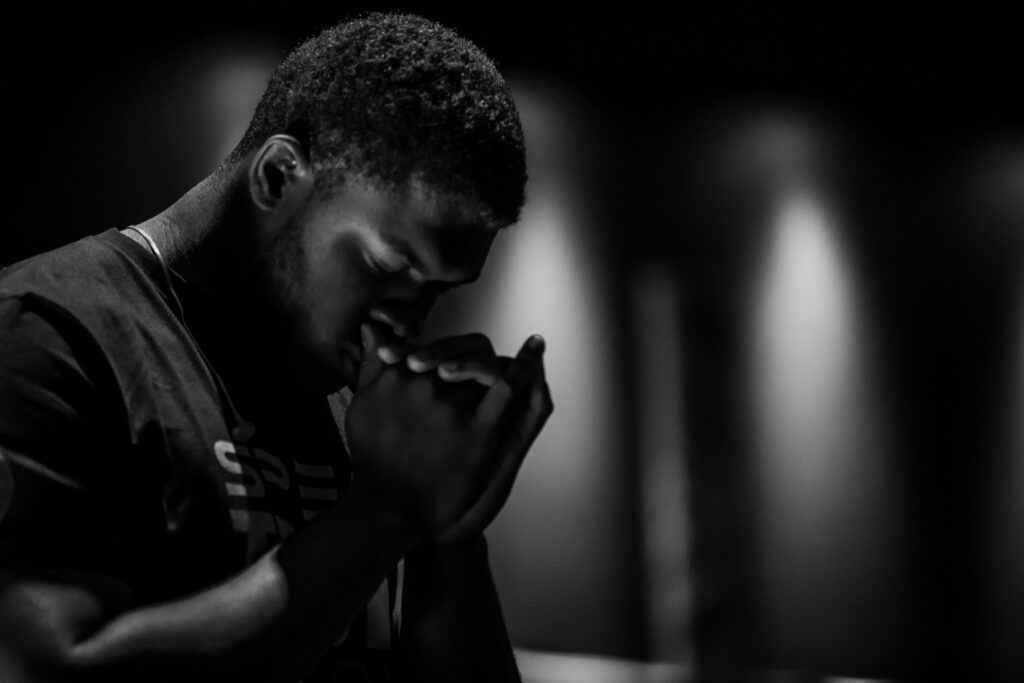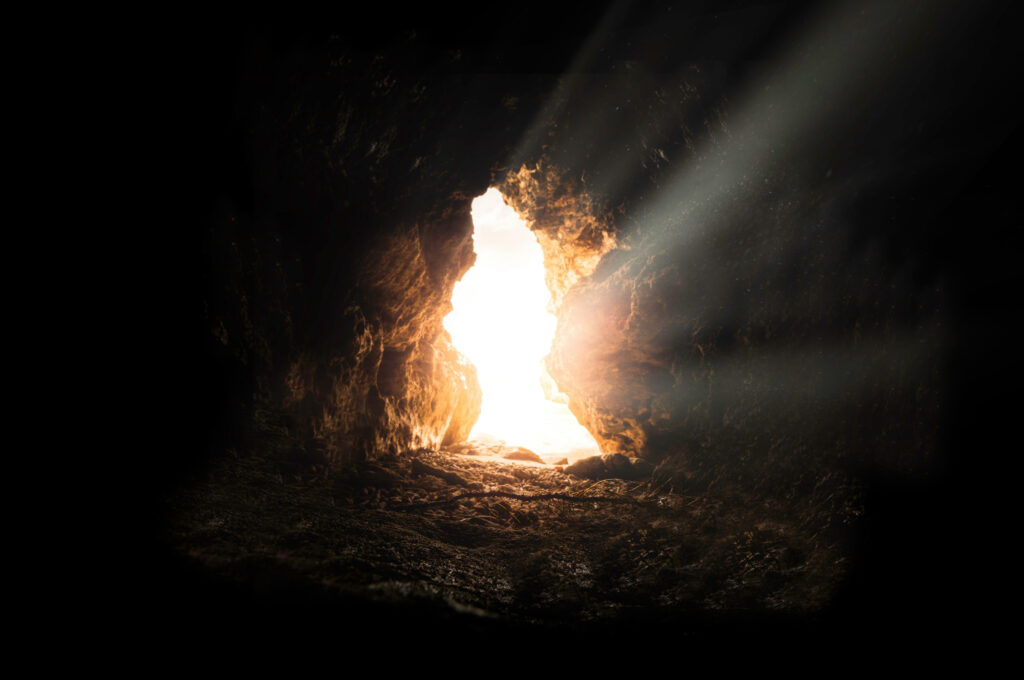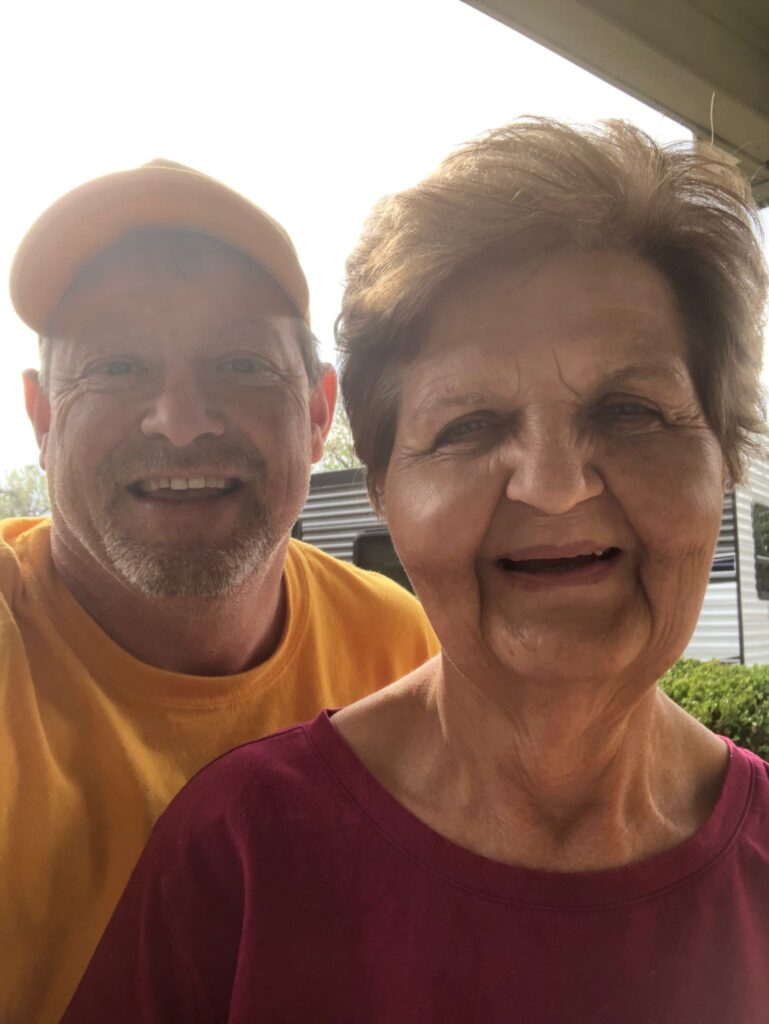
When Hurricane Florence hit the North Carolina coast, First Baptist’s disaster relief team pulled up to their first assignment: a house gutted by water and mud. Homeowner Louise Foy met them at the door, clutching one treasure the storm hadn’t taken.
“She came out the door carrying her husband’s ashes that she’d had on the mantle in her living room,” says David Faircloth, who coordinates disaster relief for First Baptist Church-Mebane. “And she said, ‘This is all I’ve got left. Everything else is gone.’”
The team struggled to fight back tears. They put their arms around Mrs. Foy, told her they loved her, and set out doing whatever they could to help.
“It took us a year,” says Faircloth. “But we started with the tear-out of everything. And then we started with the rebuild. Our church basically rebuilt her house. A year later, it was all back to where it was supposed to be. Everything was done, and we had a grand opening.”
Mrs. Foy’s story is just one of dozens. The disaster relief team brings hope where hurricanes, floods, and other catastrophes have ripped hope to shreds.
How Disaster Recovery Ministry Started at FBC-Mebane
First Baptist’s disaster recovery work started in 2012 with a simple idea. Former member Banks Scudder bought a small, enclosed trailer, filled it with tools, and invited others to join him in response to Hurricane Sandy that had devasted large portions of the New Jersey and New York coastlines.
Today, disaster recovery has grown into one of the church’s regular ministry efforts supported by Baptist on Mission, the statewide network that coordinates relief efforts.
Faircloth stepped into leadership in 2017 after a lot of prayer and little sleep. “After several sleepless nights, I just could not get any rest,” he says. “I told myself, ‘Maybe God’s calling me to do something with this.’” And he’s been facilitating the work since.
What Recovery Looks Like—From Tear-Out to Rebuild
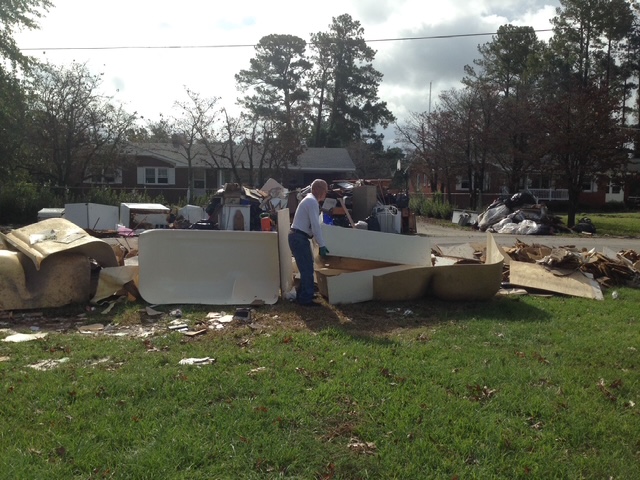
Our teams typically arrive a few weeks after a disaster, when water has receded, but the damage is overwhelming. Our specialty is recovery, the grueling work of making a home safe enough to rebuild.
The process includes three main tasks: mud out, tear out, and chainsaw. Volunteers shovel mud, remove ruined furniture, and cut away damaged flooring and sheetrock.
“Behind that sheet rock, obviously, is insulation, and we take all that wet insulation out,” Faircloth explains. “By the end, there’s really nothing except studs all the way around.”
On the outside, chainsaw crews tackle downed trees and blocked driveways, while others spray chemicals to kill mold and bacteria before the rebuilding phase begins.
Rebuild projects can take weeks or even months. Teams install insulation, hang sheetrock, lay plank flooring, and sometimes even replace wiring, water heaters, and bathroom fixtures. Skilled tradespeople from the church—plumbers, electricians, carpenters—step in where needed.
Faircloth says, “The goal is always the same: giving families a safe, livable home again.”
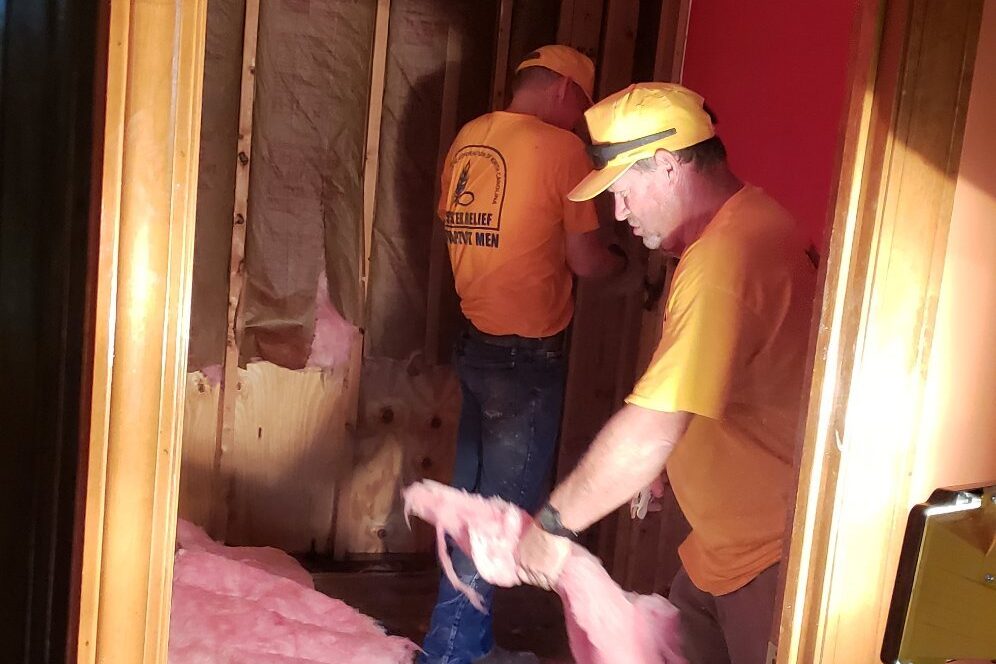
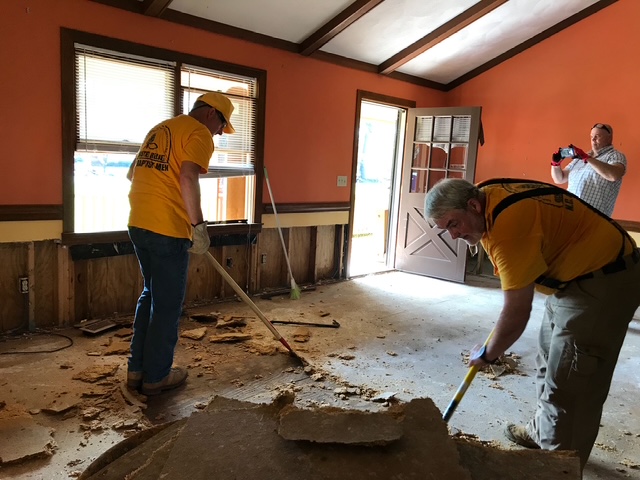
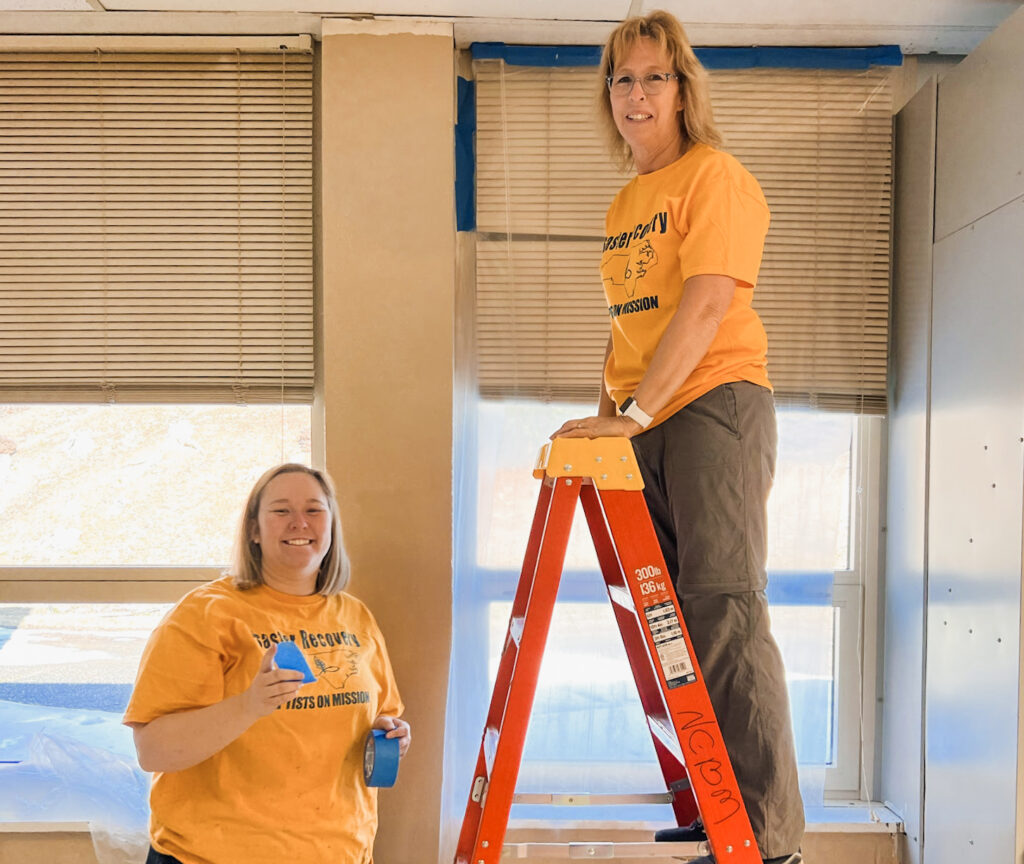
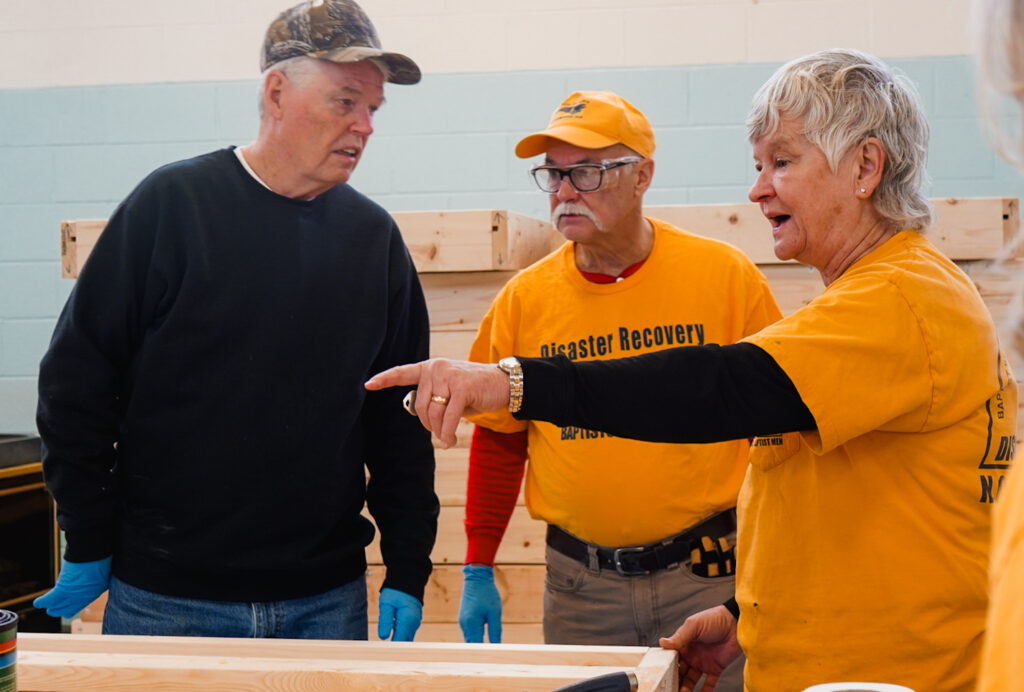
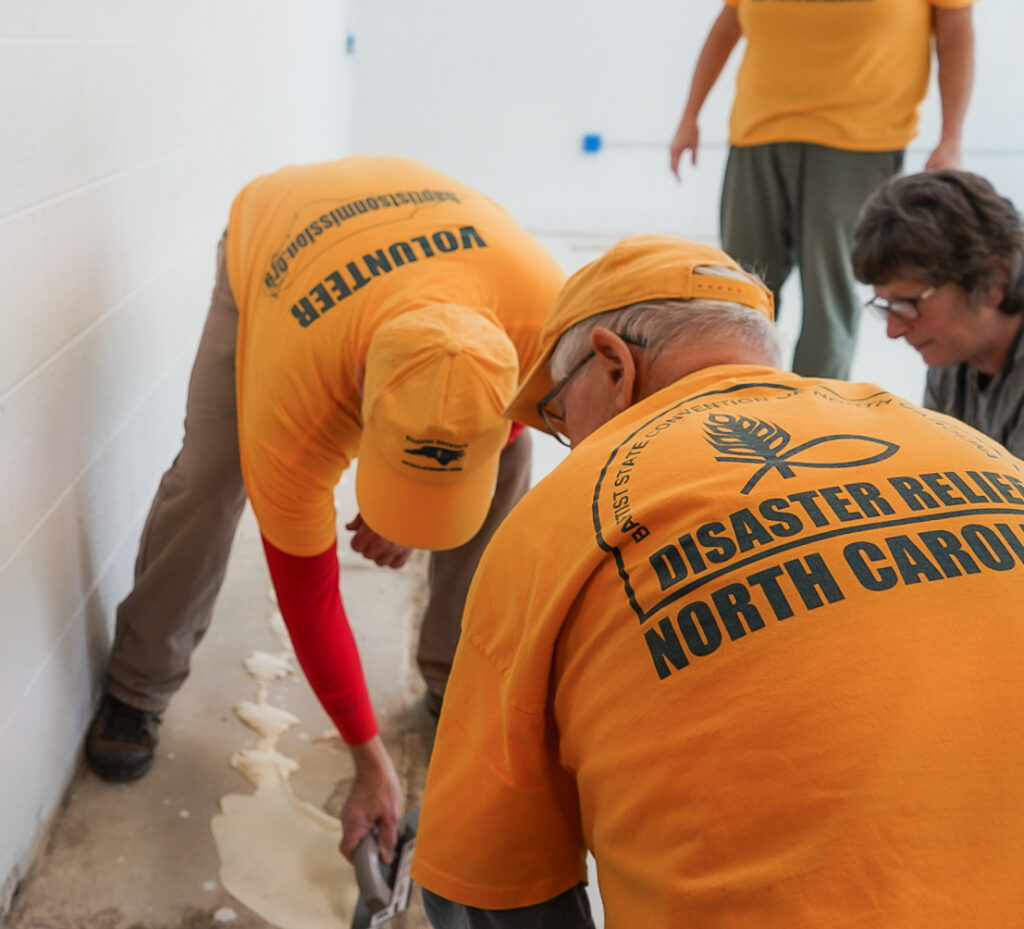
Supported by Many Hands
Funding for these trips comes through a statewide mission offering. “If someone makes a donation, 100% of that goes directly to wherever it’s needed,” Faircloth says. “Salaries and overhead are already covered, so designated gifts buy materials like sheetrock, flooring, and insulation.”
On the ground, the logistics are carefully organized. Teams usually stay in churches near the disaster zone. “Baptist on Mission coordinators say, ‘Please report to such and such Baptist Church. Bring your sleeping bags or cots,’” Faircloth explains. “Cooking crews provide meals, and even laundry and showers are taken care of. We’ll pop our dirty clothes into a plastic bag. The next morning, they’ll hand us the bag. It’s our clean clothes.”
At the end of a trip, the group stops for a shared meal before heading home. “That’s the time when we sort of decompress,” he adds. “We talk about what we ran into with the people we met, the needs we saw, the impact we felt we had on the homeowners, and anything else anybody wants to share about. We always see God at work.”
A Place for Everyone on the Disaster Recovery Team
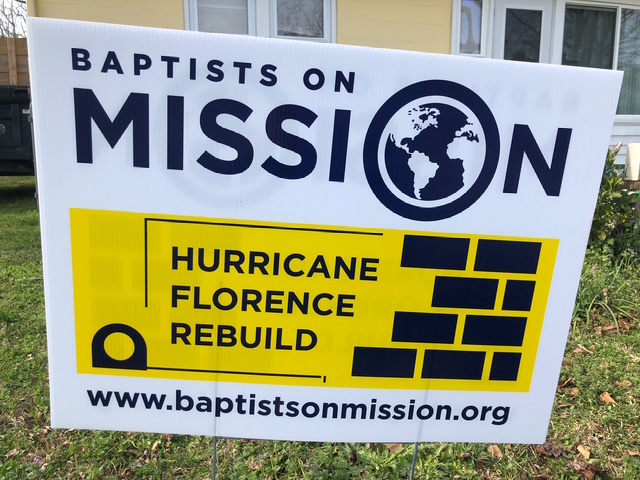
You don’t have to be able to operate a chainsaw or swing a hammer to find your place on the disaster recovery team. There’s a place for everyone—whether that’s cooking meals, helping with cleaning, planning logistics, or offering other support along the way.
Faircloth often hears, “I can’t cut a limb, and I can’t work in musty conditions. But I can at least serve breakfast.” Every role matters.
And every act of service helps families take one step closer to getting back into their homes. Faircloth keeps a list of nearly 60 people who have expressed interest in going on trips, and he says the experiences are different for everyone. “Some people go one time and say, ‘Oh, this is not for me.’ Some go one time, and they’re just hooked.”
If you’ve ever wondered what it would be like to serve after a storm, joining the disaster recovery team is your chance to find out. Who knows? Maybe you’ll discover a ministry you’ll want to be part of again and again.
For more information about this ministry opportunity, reach out to David Faircloth.

